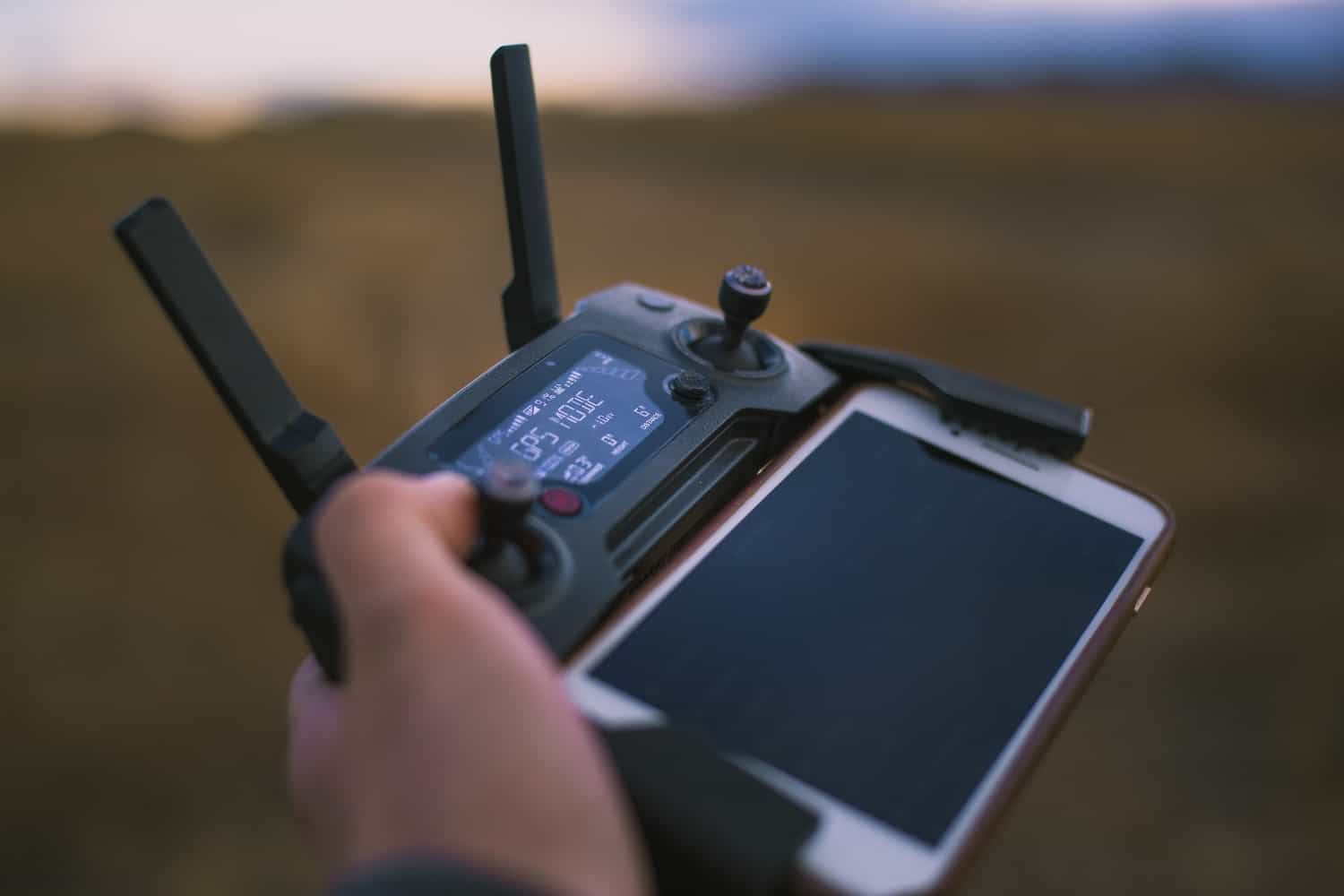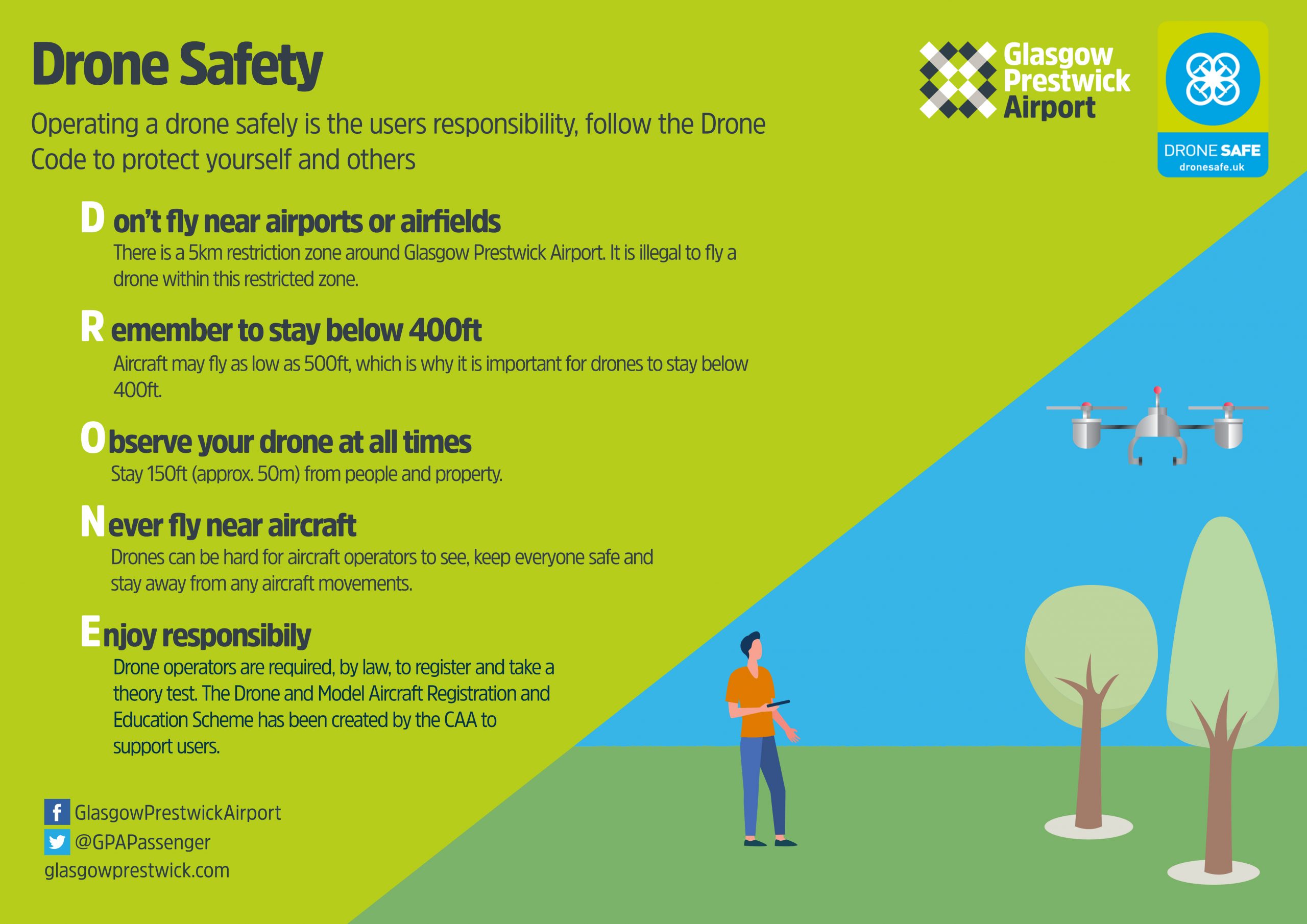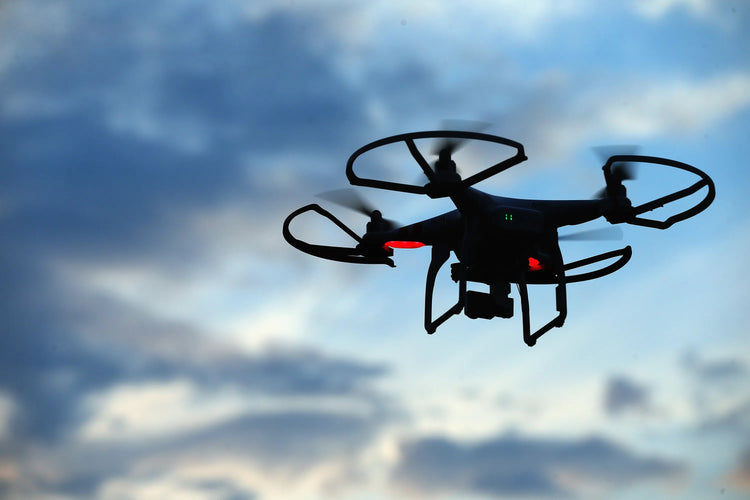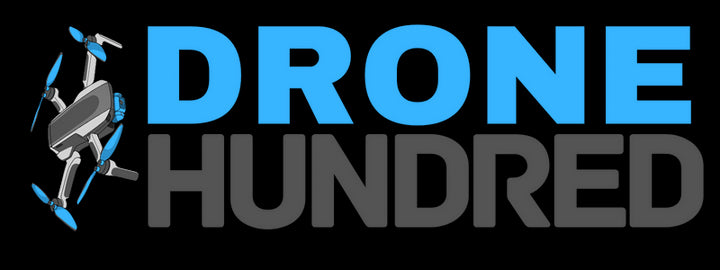Embarking on your drone piloting journey is an exciting adventure that blends technology with creativity. Whether you're aiming to capture breathtaking aerial footage or simply explore the skies, mastering the basics is essential. Here's a comprehensive guide to help you take off with confidence:
1. Understanding Drone Controls
Before taking flight, familiarize yourself with the primary controls of your drone's remote controller:
-
Throttle: Adjusts altitude. Pushing the left stick up increases altitude; pulling it down decreases altitude.
-
Yaw: Rotates the drone left or right. Moving the left stick left or right controls yaw.
-
Pitch: Tilts the drone forward or backward, controlling forward and backward movement. Operated by moving the right stick up or down.
-
Roll: Tilts the drone left or right, enabling lateral movement. Controlled by moving the right stick left or right.
Understanding these controls is crucial for manoeuvring your drone effectively.

2. Pre-Flight Checklist
Ensure a safe and successful flight by completing the following pre-flight steps:
-
Read the Manual: Familiarize yourself with your drone's specific functions and features.
-
Check Regulations: Be aware of local laws regarding drone operations, including no-fly zones and altitude restrictions.
-
Inspect the Drone: Examine the propellers, battery, and body for any signs of damage.
-
Charge Batteries: Ensure both the drone and controller batteries are fully charged.
-
Calibrate Compass and IMU: Perform calibrations as recommended by the manufacturer to ensure accurate flight.
Download Pre-Flight Checklist Here: pre-flight.jpg
3. Basic Flight Maneuvers
Start with these fundamental exercises to build your piloting skills:
-
Takeoff and Hovering: Gently increase the throttle to lift the drone off the ground, aiming to hover at a stable altitude.
-
Directional Movements: Practice moving the drone forward, backward, left, and right while maintaining a consistent altitude.
-
Rotational Control: Use the yaw control to rotate the drone 360° in place, helping you get accustomed to orientation changes.

4. Advanced Maneuvers
Once comfortable with basic controls, progress to more complex patterns:
-
Square Flight Pattern: Fly the drone in a square trajectory by combining pitch and roll controls.
-
Circular Flight Pattern: Execute a circular path, coordinating pitch, roll, and yaw simultaneously.
-
Figure Eight: Navigate the drone in a figure-eight pattern to enhance control precision.
5. Safety Considerations
Always prioritize safety during drone operations:
-
Maintain Line of Sight: Keep the drone within your visual range at all times.
-
Monitor Weather Conditions: Avoid flying in adverse weather such as strong winds or rain.
-
Respect Privacy: Be mindful of people's privacy and avoid flying over private property without permission.
-
Emergency Procedures: Familiarize yourself with emergency protocols, including how to execute an immediate landing if necessary.
By adhering to these guidelines and practicing regularly, you'll develop the skills needed to pilot your drone safely and effectively. Remember, responsible flying not only ensures your safety but also contributes to the positive perception of the drone community.



